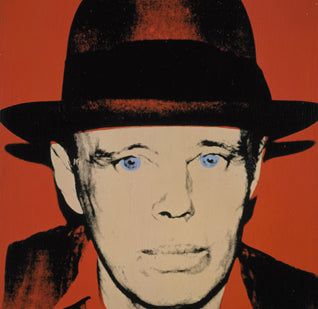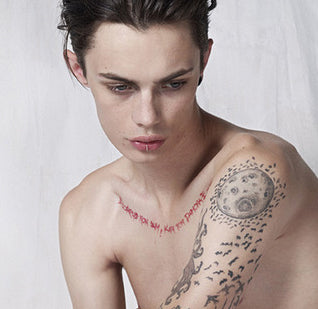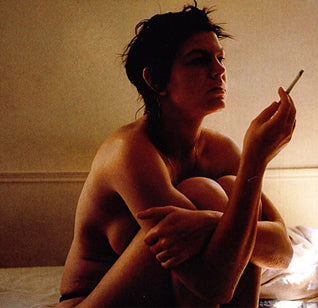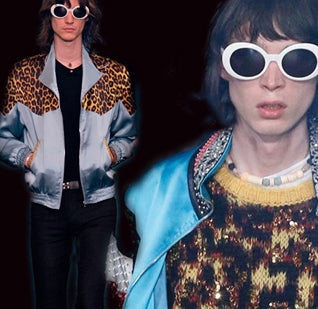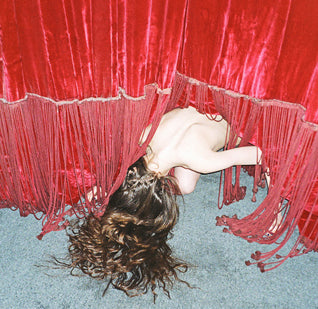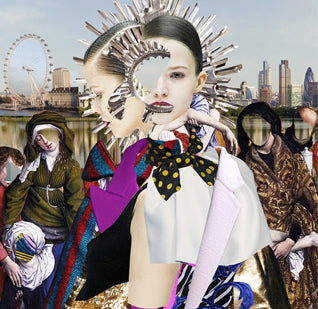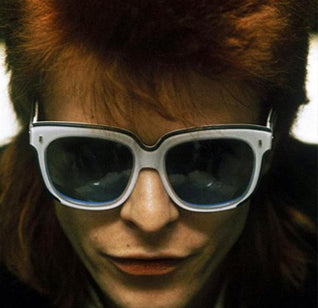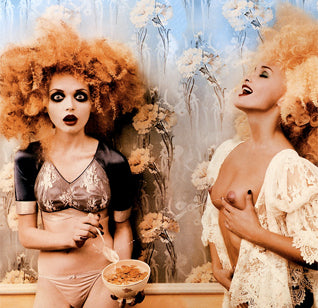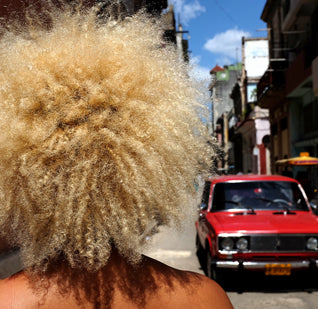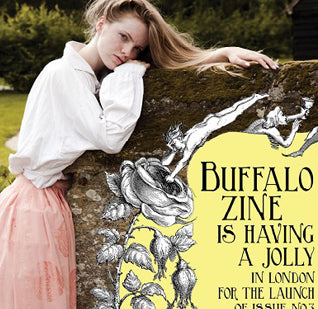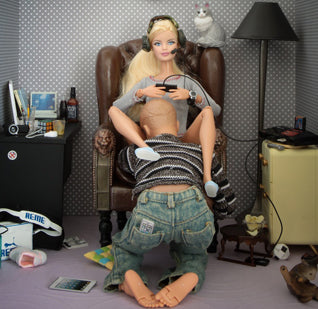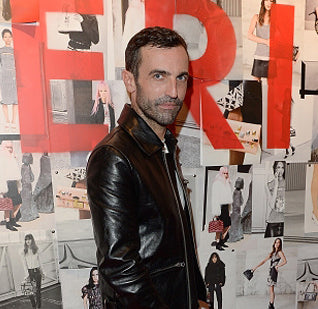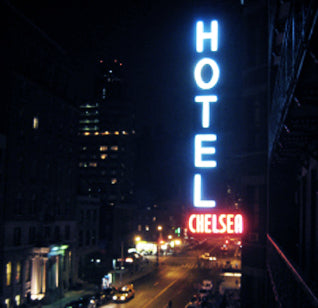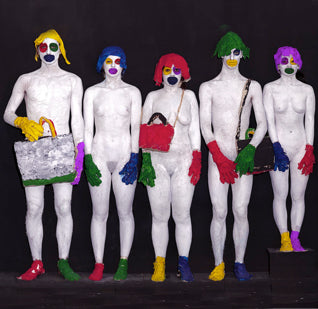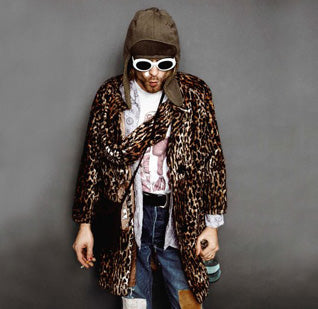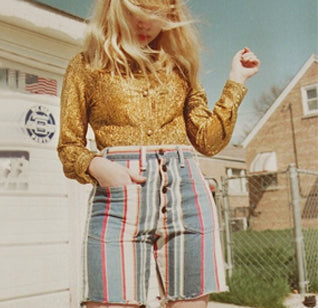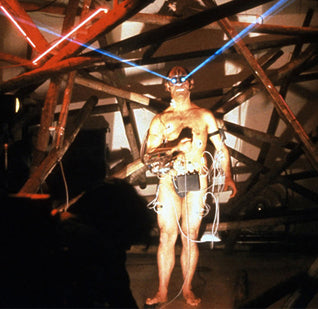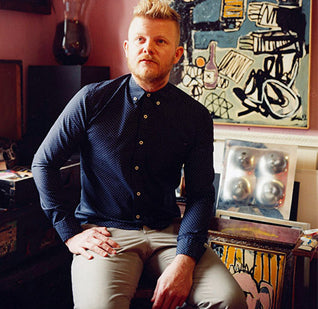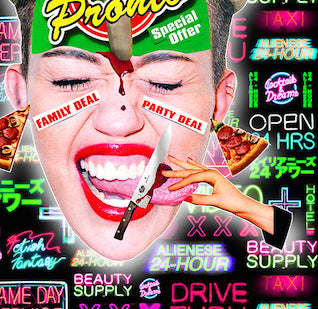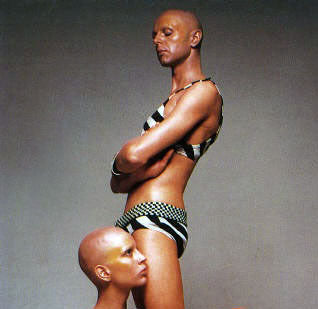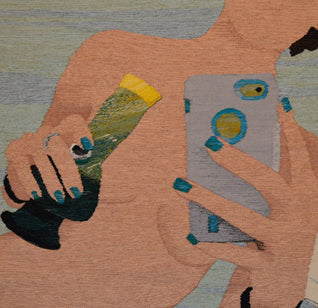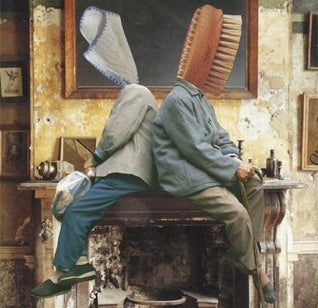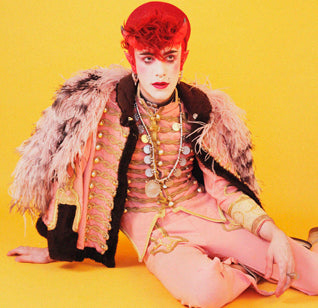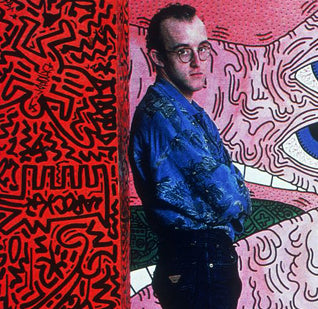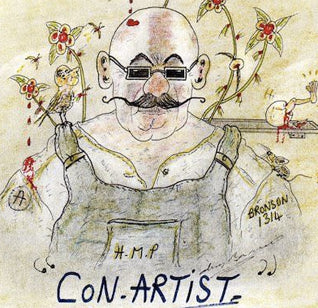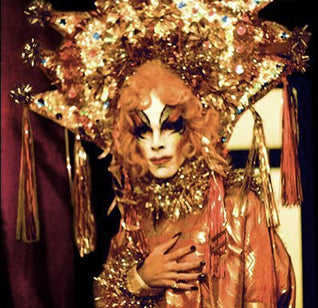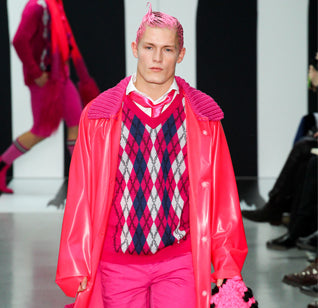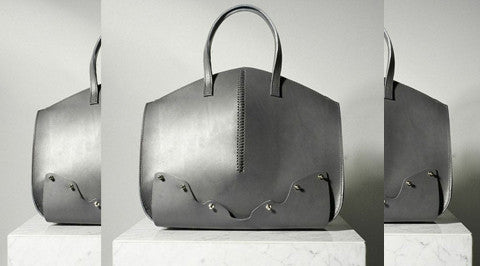THE NEW NUDE
Ryan McGinley's photographs strip sex from the nude
by Maria Raposo
Trace the timeline of the nude from The Venus of Willendorf through Rubens and Picasso and you’ll arrive at Tom Ford adverts and Lena Dunham’s starkers appearance on Girls. It seems as if nudity is everywhere. It lingers throughout history, dipping in and out of mainstream culture.
Today, photographer Ryan McGinley steers the nude through generation XXX. At a time when a whopping 36% of the internet is pornography, he reminds us that not all nudity is misogynist filth. He redefines the classical figure in a modern context, tackling these cultural challenges.
McGinley has exhibited internationally and is the youngest person ever to have a solo show at The Whitney Museum. But, because he belongs to a generation embedded online, his work spreads beyond gallery walls - his name prompting endless streams of images on Google, Tumblr, Twitter and Pinterest.

Ryan McGinley, 'India Frost', 2013
His virtual reputation is reflected in the real world. His opening of ‘Everybody Knows This is Nowhere’ at Team Gallery, New York was attended by 5,000 people. Hoodies and baseball caps mixed with suits in an eclectic mob, blocking the roads and bringing Soho’s traffic to a standstill.
“I’m interested in reaching the masses with my work,” McGinley said in 2007. “It’s one of my goals.” Six years later, he has succeeded. His audience is much more diverse than the average art crowd as his photographs bridge the gap between the gallery and the blog.
New York Magazine anointed McGinley and his creative comrades, Dan Colen and Dash Snow, as “Warhol’s Children”. This kind of congratulatory press elevated the three artists to celebrity status. With attention directed towards McGinley’s personal life, the public realized that the gay skateboarder was knee deep in American subculture, perfectly poised to react to cultural concerns.

Ryan McGinley, 'Somewhere Place', 2011
The skateboarder turned photographer burst onto the scene at the turn of the millennium. Five years later, fashion designer Agnes B. gave him money for a summer road trip across the states with models in tow. Before this, his work had documented a life of hedonism and excess in downtown New York, but the cross country adventure marked a shift in focus. Smut is for the city, he seemed to say as he paired his models with rural settings, leaving us with an impression of rebirth and innocence.
The themes McGinley encountered in the countryside were achingly relevant for a generation crippled by the leap into adulthood. Whereas Lena Dunham’s Girls communicates the disappointing reality of today’s mid-twenties’ lifestyle, McGinley gives physicality to the escapism that is ingrained in contemporary youth; an age bracket that spends hours each day lost online.
His popularity stems from the accessibility of his ideas. Through his photographs, McGinley suggests an alternative, carefree way of living – a return to nature that appeals to anyone who has grown tired of the stress of an inner city lifestyle and the overpowering presence of technology.
Lena Dunham’s Girls communicates the disappointing reality of mid-twenties’ lifestyle but McGinley gives physicality to the escapism ingrained in today’s youth.
In his personal work, McGinley never uses professional models. His subjects are all “real” people – the kind you might find on the street or at music festivals. Rejecting the polished, Hollywood aesthetic, McGinley’s models are spontaneous, rebelling against the rigid and contrived poses that litter our media landscape. Unashamed but unpracticed, they suit their natural settings, making a genuine connection with their audience.
It is McGinley’s careful casting and conscientious composition that frees his images from sexual implication. His approach is far removed from the stark, confrontational style of glamour photography; we see his figures drenched in a dream-like haze of gentle hues as they explore the wilderness together. The communal elements resonate with his generation – an audience who are becoming more and more connected to one another, via the internet.
In his 2012 exhibition Animals, McGinley decided to test his powers of portraying an un-provocative nude, pushing his content to the limits of what’s acceptable. In this series we see an albino snake slide over orange-tinged testicles and a baby porcupine sit between spread legs.

Ryan McGinley, 'Laura Thunderstorm', 2007
Despite the subject matter, this work is still not sexual. McGinley combats the controversial nature of his images with careful composure. His use of light and color creates an innocent aesthetic; too beautiful to be interpreted as erotic or shocking. In this series, color is key and vibrant tones of luxurious honeyed gold and decadent purple overpower hints of bestiality. His use of light soothes potential outrage, creating such soft edges that his models seem to melt into their backgrounds.
The young photographer combats a time when figurative art is largely pushed aside in favor of conceptualism and the rise of the internet has caused nudity to be ushered into the darker corners of the World Wide Web. As online giants, like Facebook, censor ‘explicit’ images in an attempt to protect the younger generation, the photographer refuses to let the nude be pushed into obscurity by society’s confused and prudish values.
McGinley strives to makes nudity acceptable again and his reputation advances his cause. Through his photographs he communicates a resounding message: being naked is natural. We should not be ashamed.








